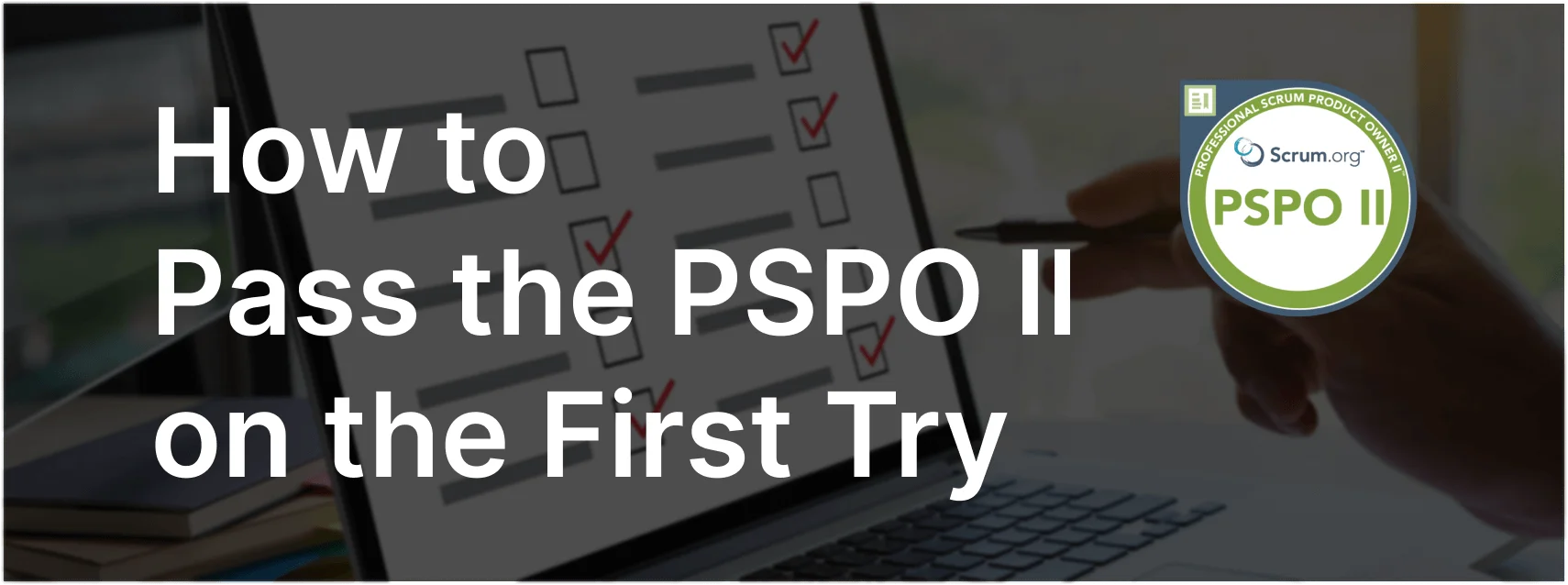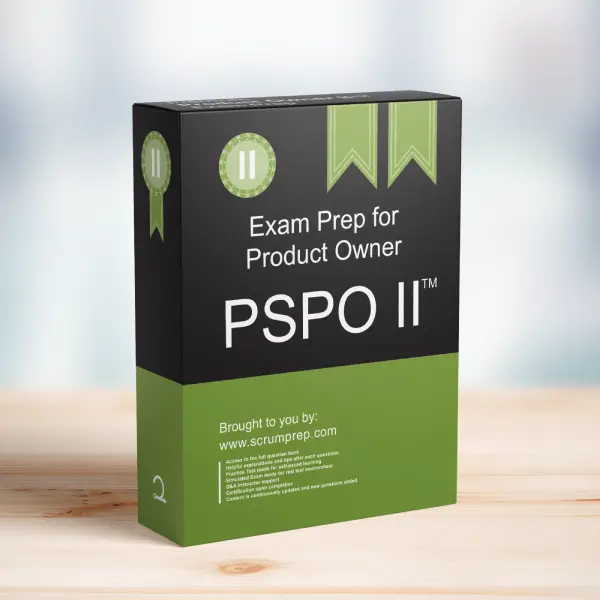Understanding the Product Backlog in Scrum
The Product Backlog is a crucial element in Scrum that ensures transparency and effective collaboration among the Scrum Team and stakeholders. This article explores key aspects of the Product Backlog and corrects common misconceptions.
Exam Question
Which of the following statements about the Product Backlog are true?
(choose the best two answers)
A. The Product Backlog should be visible to the Scrum Team and stakeholders.
B. All Product Backlog items must be identified before the first Sprint begins.
C. Only the Product Owner can place items on the Product Backlog.
D. The Product Backlog is ordered by the Product Owner.
E. The Product Backlog represents the input of all stakeholders and eliminates any need for the Developers to speak to stakeholders.
F. All Product Backlog items must be expressed as user stories.
Correct Answers
A. The Product Backlog should be visible to the Scrum Team and stakeholders.
D. The Product Backlog is ordered by the Product Owner.
Explanation
Correct Answers
A. The Product Backlog should be visible to the Scrum Team and stakeholders:
Transparency is a fundamental principle of Scrum. Making the Product Backlog visible to the Scrum Team and stakeholders ensures everyone understands the current priorities, progress, and upcoming work.
D. The Product Backlog is ordered by the Product Owner:
The Product Owner is responsible for maximizing the value of the product by ordering the Product Backlog items. This ordering is based on factors such as business value, dependencies, and feedback from stakeholders.
Incorrect Answers
B. All Product Backlog items must be identified before the first Sprint begins:
This statement is incorrect because the Product Backlog is a living document that evolves over time. New items can be added as more information becomes available and as the product develops.
C. Only the Product Owner can place items on the Product Backlog:
While the Product Owner is responsible for managing the Product Backlog, items can be suggested by stakeholders, the Scrum Team, or anyone involved with the product. The Product Owner, however, has the final say in ordering the items.
E. The Product Backlog represents the input of all stakeholders and eliminates any need for the Developers to speak to stakeholders:
This statement is incorrect because ongoing communication between Developers and stakeholders is crucial for refining requirements, gathering feedback, and ensuring the product meets user needs.
F. All Product Backlog items must be expressed as user stories:
While user stories are a common format, Product Backlog items can be expressed in various ways, such as use cases, tasks, or any other format that conveys the necessary information.
Responsibilities in Scrum
- Product Owner: Responsible for managing and ordering the Product Backlog to maximize value. Ensures transparency and communicates with stakeholders.
- Scrum Master: Facilitates Scrum processes, helps maintain transparency, and supports the Product Owner in managing the Product Backlog.
- Developers: Collaborate with the Product Owner and stakeholders to refine and understand Product Backlog items. They ensure the Product Backlog items are clear and actionable.
Relevance to the PSPO II Exam
Understanding the roles and responsibilities related to the Product Backlog is critical for the PSPO II exam. This knowledge ensures that candidates can effectively manage the Product Backlog, maintain transparency, and facilitate collaboration among the Scrum Team and stakeholders.
Key Takeaways
- The Product Backlog should be visible to ensure transparency.
- The Product Owner is responsible for ordering the Product Backlog to maximize value.
- The Product Backlog is a living document that evolves over time.
- Effective communication between Developers and stakeholders is essential for refining and understanding Product Backlog items.
Conclusion
The Product Backlog is a dynamic and transparent tool that plays a vital role in Scrum. By understanding how to manage and order the Product Backlog, Product Owners can maximize the value delivered by the Scrum Team. For more information on preparing for the PSPO II exam, visit our PSPO II Exam Prep.



